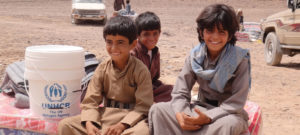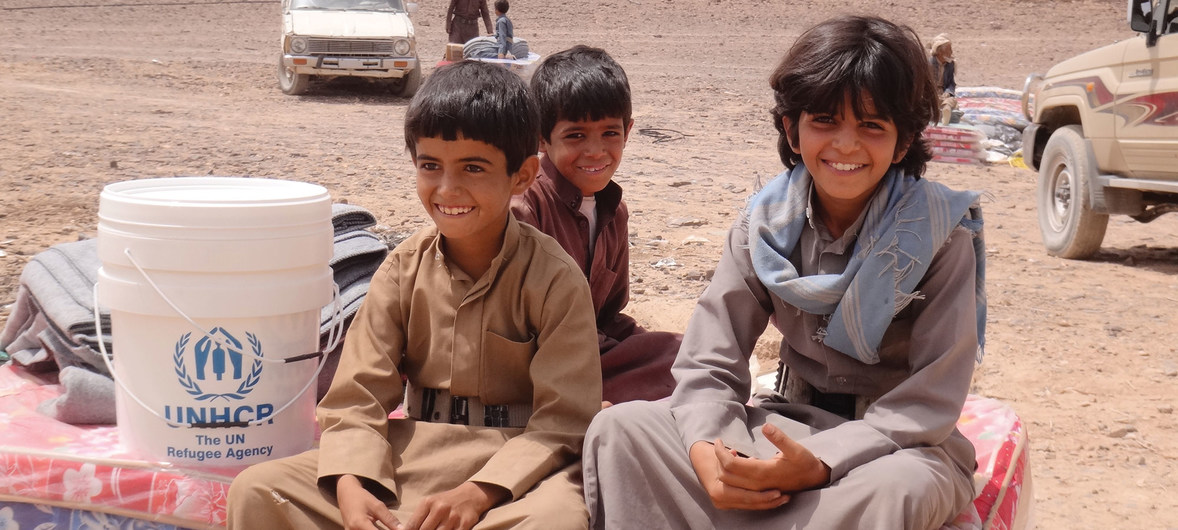 Emergency Relief Coordinator Mark Lowcock warned, while launching Tuesday a major annual analysis of global humanitarian needs, that yemen will have the biggest problem in 2019 as three-quarters of the country’s population will likely need help.
Emergency Relief Coordinator Mark Lowcock warned, while launching Tuesday a major annual analysis of global humanitarian needs, that yemen will have the biggest problem in 2019 as three-quarters of the country’s population will likely need help.
The conflict in Yemen is one of the main reasons why next year’s funding appeal is so high, amid ongoing violence between Government forces and Houthi opposition, that has left at least eight million people close to famine, the Emergency Relief Coordinator Mark Lowcock said.
Highlighting the near-economic collapse of Yemen’s economy, which will require long-term financial support from the international community if it is to recover, Mr. Lowcock warned that next year, three-quarters of the country’s population – 24 million people – are likely to need help.
“The country with the biggest problem in 2019 is going to be Yemen,” he said, before insisting that the UN’s coordinated response plans help the humanitarian community “to deliver, more and better” to millions of people.
In total the UN is seeking $4 billion for its Yemen appeal, Mr. Lowcock said, adding that “there’s going to need to be billions of dollars’” additional support for the Government of Yemen from the international community, because oil revenues are down 85 per cent.
Every month in 2018, humanitarians have reached eight million Yemenis with food assistance, Mr. Lowcock explained, nothing that “this is happening even as threats to the safety of aid workers are on the rise.”
and 5.4 million Syrians with supplies, medical assistance and protection, Mr. Lowcock explained. “This is happening even as threats to the safety of aid workers are on the rise,” he noted.
“Unless they get help, the problems associated with plummeting currency are going to happen again,” the UN official said, while also stressing the need to tackle the root causes of conflicts everywhere.
Beyond Yemen, needs will remain “exceptionally high” in Syria, where humanitarian workers have reached every month in 2018, 5.4 million Syrians with supplies, medical assistance and protection, Mr. Lowcock said.
The Democratic Republic of the Congo (DRC), Ethiopia, Nigeria and South Sudan will also be in critical need of humanitarian assistance in 2019, Mr. Lowcock said.
Globally, a total of 132 million people will need assistance next year. Of that number, the UN and its partner organizations aim to support 93.6 million. While conflict is the main cause, climate-related risks such as drought and tropical storms are also significant contributors to the number of people in crisis, the Emergency Relief Coordinator said.
